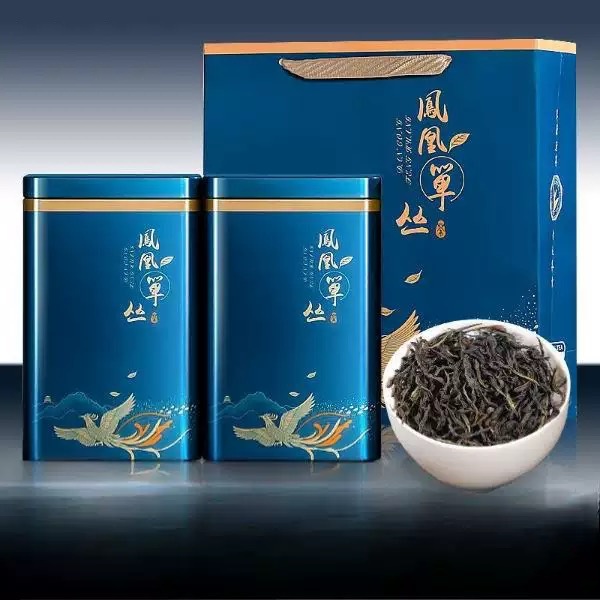
# The Fragrant Essence of Oolong Tea
## Unveiling the Captivating Aroma of Oolong Tea
Oolong tea, with its distinctive semi-oxidized nature, offers one of the most complex and alluring aromatic profiles in the world of tea. The aroma of oolong tea is a symphony of floral, fruity, and sometimes even creamy notes that dance upon the senses with each sip.
The Science Behind the Scent
The unique aroma of oolong tea stems from its partial oxidation process, which typically ranges between 20% to 80%. This careful balance creates a diverse array of aromatic compounds that aren’t found in fully oxidized black teas or unoxidized green teas. The terroir, elevation, and processing techniques all contribute to the final aromatic profile.
Common Aromatic Notes in Oolong Tea
Depending on the variety and processing method, oolong teas can exhibit:
- Floral notes (orchid, lilac, or osmanthus)
- Fruity tones (peach, apricot, or citrus)
- Honey-like sweetness
- Toasty or roasted characteristics
- Creamy or buttery undertones
How to Fully Appreciate Oolong’s Aroma
To truly experience the aromatic complexity of oolong tea:
- Use a proper gaiwan or yixing teapot
- Warm your teaware before brewing
- Take time to inhale the dry leaves before brewing
- Notice how the aroma changes with each infusion
- Pay attention to both the “lid aroma” and “cup aroma”
Regional Variations in Aroma
Keyword: Aroma of Oolong Tea
Different oolong-producing regions create distinct aromatic profiles:
| Region | Characteristic Aroma |
|---|---|
| Wuyi Mountains | Mineral, roasted, with stone fruit notes |
| Anxi | Floral, particularly orchid-like |
| Taiwan | Creamy, buttery, with tropical fruit hints |
The aroma of oolong tea is not just a sensory pleasure but also a window into the tea’s origin, processing, and quality. Each whiff tells a story of the leaves’ journey from mountain to cup, making oolong one of the most aromatic and rewarding teas to explore.